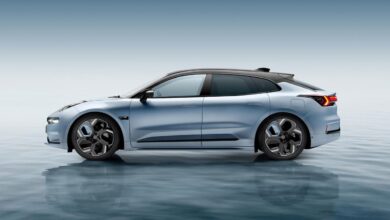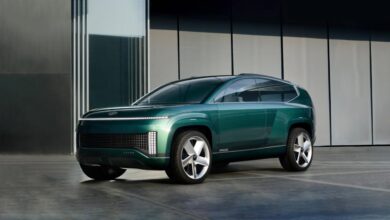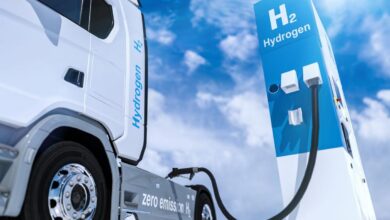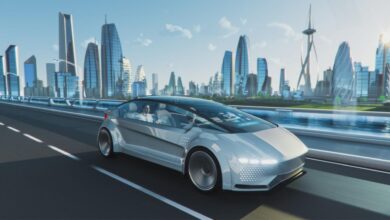China’s Rising EV Empire Reshapes Auto Industry
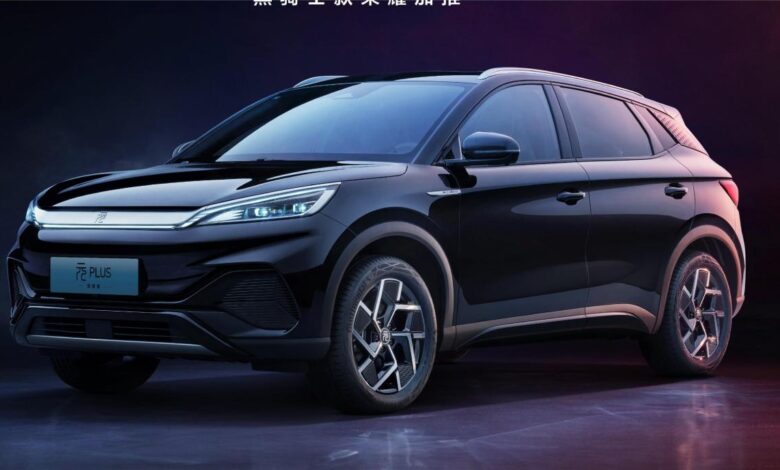
The automotive landscape has undergone a dramatic transformation over the past few years, with one nation emerging as the undisputed leader in the transition to cleaner transportation.
China has positioned itself at the forefront of this revolution, fundamentally altering how the world thinks about vehicle manufacturing and consumption.
The shift didn’t happen overnight but represents years of strategic planning, massive government investment, and relentless innovation from domestic manufacturers.
What started as a modest entry into the automotive sector has evolved into complete market dominance that leaves traditional Western automakers scrambling to catch up.
The numbers tell a compelling story of how quickly the balance of power can shift in the global economy.
Understanding this transformation provides crucial insights into where the automotive industry is headed and what it means for consumers worldwide.
The Numbers Behind the Dominance
The statistics paint a picture that’s hard to ignore.
China sold over 11 million units in 2024 alone.
That figure exceeds the total worldwide sales from just two years earlier.
The growth trajectory shows no signs of slowing down.
Projections indicate that battery-powered vehicles will represent 60% of all new car purchases in China by the end of 2025.
This percentage dwarfs adoption rates in other major markets.
The country’s manufacturers aren’t just selling domestically either.
They’ve aggressively expanded into international territories, challenging established brands on their home turf.
Revenue figures for 2025 are expected to hit $557.4 billion within Chinese borders.
That amount represents more economic activity than entire industries in smaller nations.
The scale of production has reached levels that enable unprecedented pricing strategies.
How Chinese Manufacturers Took the Lead
Several factors contributed to this remarkable rise.
Government support played a crucial role from the beginning.
Beijing implemented generous subsidies that made purchasing these vehicles attractive to average consumers.
Tax incentives sweetened the deal even further.
Infrastructure development happened at breakneck speed.
Charging stations appeared across cities and highways faster than anywhere else in the world.
This removed one of the biggest barriers to adoption that other countries still struggle with.
Chinese manufacturers also benefited from integrated supply chains.
Battery production, rare earth mineral processing, and component manufacturing all happen within the country’s borders.
This vertical integration reduces costs dramatically.
It also speeds up innovation cycles since companies don’t need to coordinate across international suppliers.
The competition within China itself drove rapid improvements.
Dozens of domestic brands fought for market share, pushing each other to offer better features at lower prices.
This internal pressure created vehicles that could compete globally.
BYD’s Remarkable Journey

One name stands out above all others in this success story.
BYD began as a battery manufacturer before entering the automotive sector.
That background gave them crucial expertise in the technology that powers modern transportation.
The company surpassed Tesla in global sales during 2024.
By the third quarter of 2025, BYD had sold 1.6 million pure battery-powered units.
Tesla managed only 1.2 million during the same period.
That represents a lead of nearly 400,000 vehicles.
Market research firms project BYD will finish 2025 with a 15.7% global market share.
That percentage makes them the single largest manufacturer in this category worldwide.
Their success stems from multiple strategic advantages.
A. Aggressive pricing that undercuts competitors
B. Rapid model development and iteration
C. Strong brand recognition in key markets
D. Extensive dealer and service networks
E. Government backing that provides financial stability
The company ships thousands of vehicles overseas on massive cargo ships.
Their expansion into South America, Southeast Asia, and other regions continues accelerating.
They’ve demonstrated that Chinese brands can succeed internationally, not just at home.
The Broader Chinese Manufacturer Ecosystem
BYD isn’t the only player worth watching.
Six of the world’s ten best-selling brands now come from China.
This diversity shows the depth of the country’s automotive capabilities.
Geely has achieved remarkable success with multiple brand strategies.
They own Volvo and have pushed that Swedish brand toward full transformation.
Their own Geely-branded vehicles combine affordability with impressive technology.
Some of their divisions have already hit 50% adoption rates.
That milestone came a full year ahead of their own targets.
SAIC represents another automotive giant making waves.
They partner with foreign brands while developing their own lineup.
Their sales volumes rival established Western manufacturers.
Nio targets the premium segment with luxury vehicles.
They’ve introduced innovative battery-swapping technology that addresses charging concerns.
Their expansion plans include European markets where they’re building charging infrastructure.
Xpeng focuses on autonomous driving capabilities.
Their vehicles compete directly with Tesla on technology features.
They’ve attracted significant investment from international funds.
Li Auto takes a different approach with extended-range technology.
Their vehicles combine battery power with small gasoline generators.
This strategy appeals to consumers worried about charging availability.
Technological Advantages Driving Success
Chinese manufacturers didn’t just copy existing designs.
They’ve introduced genuine innovations that advance the entire industry.
Battery technology represents one area where they’ve excelled.
Chinese companies produce the vast majority of global battery capacity.
They’ve driven down costs through economies of scale.
Improvements in energy density mean longer ranges between charges.
Some new models advertise capabilities exceeding 600 miles on a single charge.
That number eliminates range anxiety for most drivers.
Software development has also become a competitive advantage.
Chinese vehicles often feature more advanced infotainment systems than Western competitors.
Voice control, artificial intelligence integration, and over-the-air updates come standard.
The user interface design reflects consumer preferences developed through the country’s massive tech sector.
Autonomous driving features have progressed rapidly.
Several Chinese manufacturers now offer capabilities that match or exceed those from traditional leaders.
The extensive road testing possible within China’s borders accelerates development.
Manufacturing efficiency continues improving.
Factories deploy the latest robotics and automation technologies.
Production lines can switch between different models with minimal downtime.
This flexibility allows manufacturers to respond quickly to market demands.
Price Wars and Market Consolidation
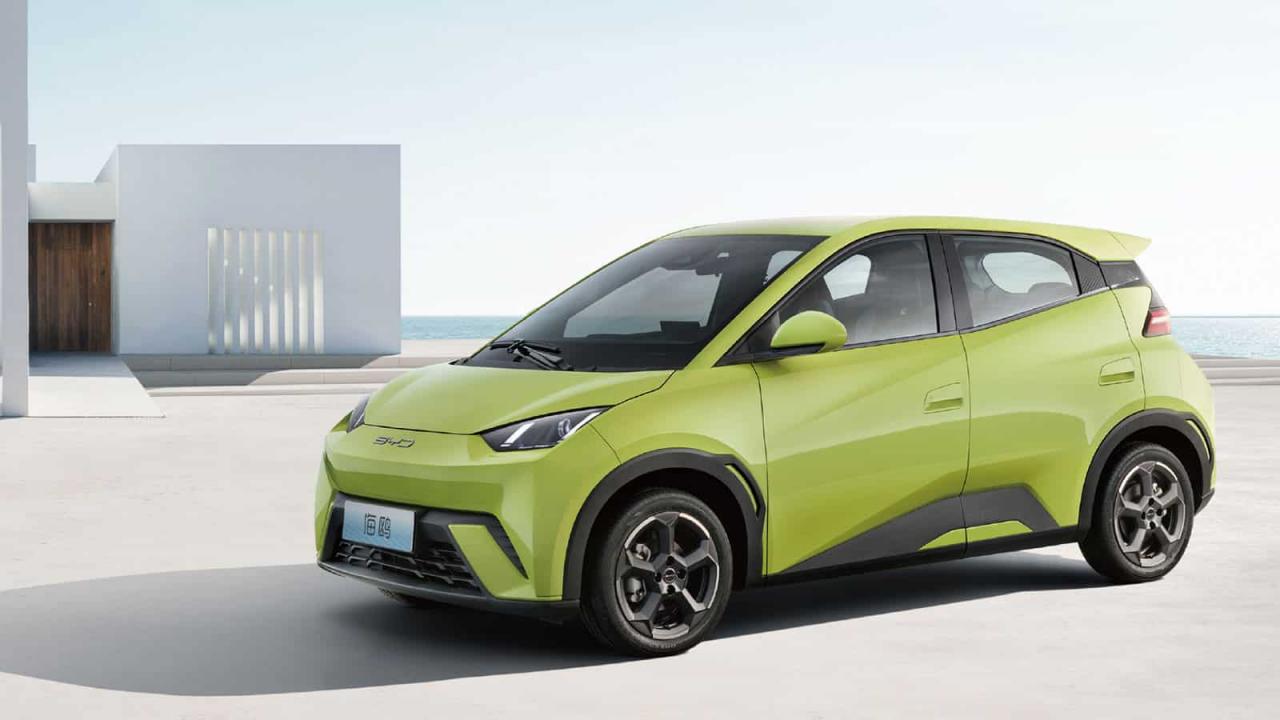
The intense competition has created challenging conditions for some players.
Price cutting has become aggressive as manufacturers fight for market share.
Some vehicles now sell for prices that would have seemed impossible just years ago.
This benefits consumers but squeezes profit margins.
Analysts predict consolidation as weaker brands struggle to survive.
Not all of the dozens of current manufacturers will remain independent.
Mergers and acquisitions seem inevitable as the market matures.
Government officials have even suggested that the industry has too many participants.
The price competition has global implications.
Western manufacturers find themselves unable to match Chinese pricing.
Their cost structures simply don’t allow for similar margins.
This creates pressure for tariffs and trade restrictions in some markets.
Some Chinese companies have responded by establishing manufacturing overseas.
Building factories in target markets helps avoid trade barriers.
It also creates local jobs, reducing political opposition.
Global Expansion Strategies
Chinese manufacturers aren’t content with domestic dominance.
They’ve set their sights on becoming truly global brands.
Europe represents a major target market.
Several Chinese companies have established significant presences there.
They’ve opened showrooms, built charging networks, and hired local staff.
European consumers have shown willingness to consider these new brands.
Southeast Asia offers another growth opportunity.
Countries like Thailand, Indonesia, and the Philippines are seeing increased Chinese presence.
These markets value the combination of affordability and technology that Chinese brands offer.
South America has become an important battleground.
Brazil’s large automotive market attracts significant investment.
Chinese manufacturers see potential throughout the continent.
Even markets with trade barriers aren’t off limits.
Some companies explore manufacturing partnerships that satisfy local content requirements.
Others wait for policy changes that might open new opportunities.
The expansion faces challenges, of course.
Brand recognition takes time to build in new markets.
Service networks need development to support growing vehicle populations.
Cultural differences require adaptation in marketing and product features.
Impact on Traditional Automakers
Western and Japanese manufacturers face unprecedented pressure.
Their comfortable market positions have evaporated.
Traditional brands that dominated for decades now struggle to compete.
Some have responded with aggressive transformation plans.
They’ve announced massive investments in battery technology.
New model lineups aim to match Chinese offerings on features and price.
But catching up proves difficult when competitors keep advancing.
Others have chosen partnership strategies.
Joint ventures with Chinese companies provide market access and technology sharing.
These arrangements help traditional manufacturers stay relevant in the world’s largest market.
Some brands have essentially conceded certain segments.
They focus on luxury and premium offerings where Chinese competition remains less intense.
This retreat from mainstream markets represents a significant strategic shift.
The challenge extends beyond just vehicle design.
Traditional manufacturers built business models around different assumptions.
Dealer networks, parts supply chains, and service models all require rethinking.
The speed of change has caught many by surprise.
Environmental and Economic Implications
The transformation carries significant environmental benefits.
Reduced emissions from transportation contribute to improved air quality.
Chinese cities have seen measurable improvements as adoption increases.
The shift away from petroleum reduces dependence on imported oil.
This has geopolitical implications as energy security improves.
Renewable energy integration becomes more feasible with battery-powered transportation.
Economic effects ripple through multiple sectors.
The battery industry has created hundreds of thousands of jobs.
Charging infrastructure development employs workers across the country.
Software development for vehicle systems has become a major employer.
Traditional automotive supply chains face disruption.
Parts manufacturers serving internal combustion engines see declining demand.
Some have successfully transitioned to supporting battery-powered production.
Others struggle to find relevance in the new landscape.
The rare earth mineral industry has expanded dramatically.
China controls much of the global supply of materials essential for batteries and motors.
This creates both opportunities and concerns about supply chain security.
Challenges and Criticisms
Not everything about China’s dominance is positive.
Concerns about labor practices in mining and manufacturing persist.
Environmental standards for battery production face scrutiny.
Proper disposal and recycling of old batteries remains an evolving challenge.
Trade tensions have intensified as other nations respond to Chinese success.
Tariffs and import restrictions aim to protect domestic industries.
Some argue these measures are necessary to maintain local manufacturing capabilities.
Others see them as protectionist barriers that harm consumers.
Questions about government subsidies and fair competition arise regularly.
The level of state support Chinese manufacturers receive would be impossible in many other systems.
This creates an uneven playing field that advantages Chinese companies.
Safety standards and regulations vary between markets.
Vehicles designed for Chinese roads may not meet requirements elsewhere.
This necessitates modifications that add costs and complexity.
Data privacy concerns have emerged as vehicles become increasingly connected.
The information collected by vehicles and sent to manufacturers raises questions about security.
Some governments restrict Chinese vehicles for government or military use.
The Road Ahead
The trajectory seems clear for the near future.
Chinese dominance will likely increase rather than diminish.
Domestic sales continue growing at impressive rates.
International expansion shows no signs of slowing.
New technologies under development promise even better vehicles.
Solid-state batteries could revolutionize range and charging times.
Chinese companies lead much of this research.
Their investments in next-generation technology dwarf those of many competitors.
Autonomous driving capabilities will continue advancing.
Chinese companies benefit from enormous amounts of driving data.
This information trains artificial intelligence systems more effectively than smaller datasets.
The regulatory environment in China allows for more aggressive testing.
Integration with smart city infrastructure presents new opportunities.
Vehicles that communicate with traffic systems, parking facilities, and charging networks offer enhanced convenience.
China’s investment in digital infrastructure enables these integrations.
The global automotive industry will look dramatically different in ten years.
Chinese brands will occupy positions that seemed unthinkable a decade ago.
Traditional manufacturers will either adapt or fade into irrelevance.
Lessons for Other Industries
The automotive transformation offers insights applicable beyond transportation.
Government support can accelerate industrial development dramatically.
Strategic subsidies and infrastructure investment create conditions for success.
Long-term planning and patient capital enable companies to compete globally.
Vertical integration provides significant advantages.
Controlling supply chains reduces costs and speeds innovation.
Companies that depend on international suppliers face inherent disadvantages.
Domestic competition drives improvement.
The dozens of Chinese manufacturers competing internally pushed rapid advancement.
This pressure created products capable of succeeding internationally.
Technology integration matters more than traditional manufacturing alone.
The software, artificial intelligence, and connectivity features differentiate modern products.
Companies that view themselves as technology providers rather than just manufacturers have advantages.
Scale creates self-reinforcing benefits.
As production volumes increase, costs decrease and capabilities improve.
This makes competition increasingly difficult for smaller players.
Consumer Perspectives
Buyers increasingly see Chinese vehicles as legitimate alternatives.
Early skepticism about quality has largely disappeared.
Modern Chinese vehicles match or exceed competitors on many metrics.
The value proposition appeals to cost-conscious consumers.
Getting more features for less money represents an attractive offer.
Many buyers prioritize practical considerations over brand prestige.
Young consumers especially show openness to new brands.
They lack the emotional attachments to traditional manufacturers that older generations have.
Technology features and environmental consciousness matter more to them than heritage.
Range anxiety continues decreasing as capabilities improve.
Vehicles that travel 400 or 500 miles on a charge meet most daily needs.
The expansion of charging infrastructure further reduces concerns.
Ownership experiences have generally proven positive.
Reliability has improved substantially from early models.
Customer service networks have expanded to support growing owner populations.
Conclusion
The rise of China’s automotive dominance represents one of the most significant industrial shifts in modern history.
What seemed impossible just a decade ago has become reality.
The country has transformed from a follower into a leader in transportation technology.
This success stems from strategic planning, massive investment, and relentless execution.
Government support provided the foundation, but private companies delivered the results.
The combination of policy support and market competition created ideal conditions for rapid advancement.
Traditional automotive powers now find themselves playing catch-up.
The speed of this transformation caught many by surprise.
Complacency and assumptions about permanent advantages proved costly.
For consumers worldwide, the implications are largely positive.
Better vehicles at lower prices benefit everyone.
Increased competition drives continued innovation and improvement.
Environmental benefits from reduced emissions contribute to global sustainability goals.
The shift away from fossil fuels represents progress toward cleaner transportation.
Other industries should study this transformation carefully.
The lessons apply to any sector facing technological disruption.
Understanding how markets can shift so dramatically helps companies prepare for their own challenges.
The story continues evolving as we move through 2025 and beyond.
Chinese manufacturers haven’t finished their expansion.
New markets beckon and new technologies promise further advantages.
The global automotive landscape will look dramatically different in coming years.
This transformation reminds us that industrial leadership isn’t permanent.
Companies and countries that innovate and adapt thrive.
Those that rest on past achievements risk irrelevance.

